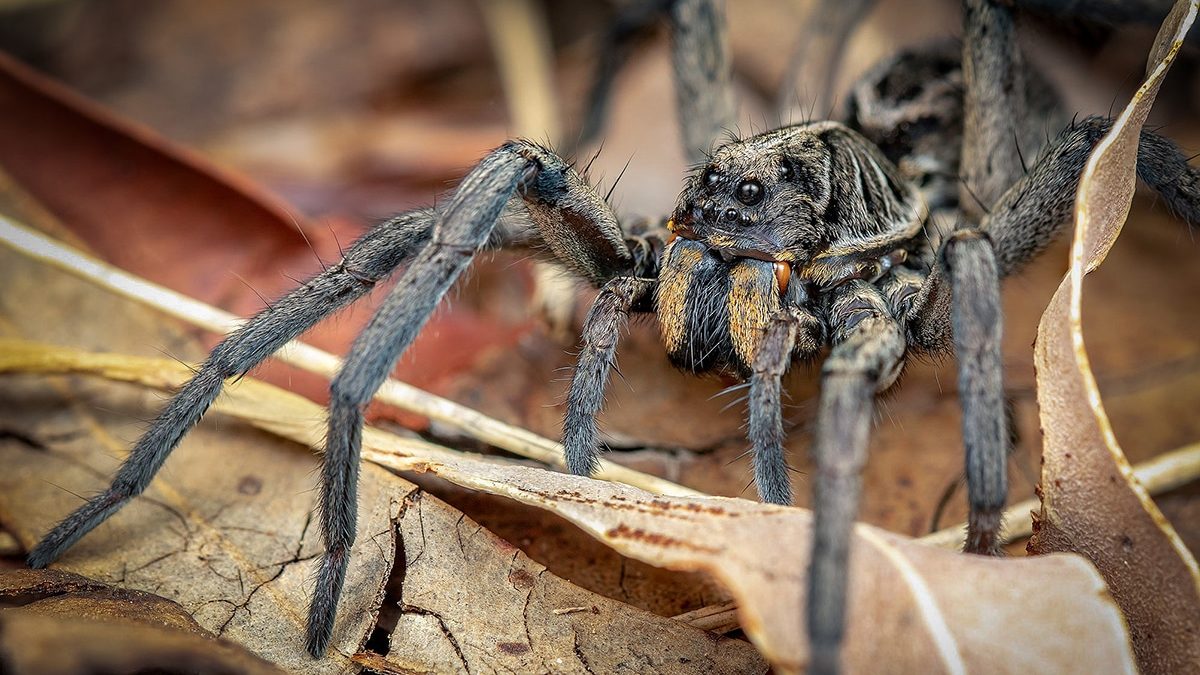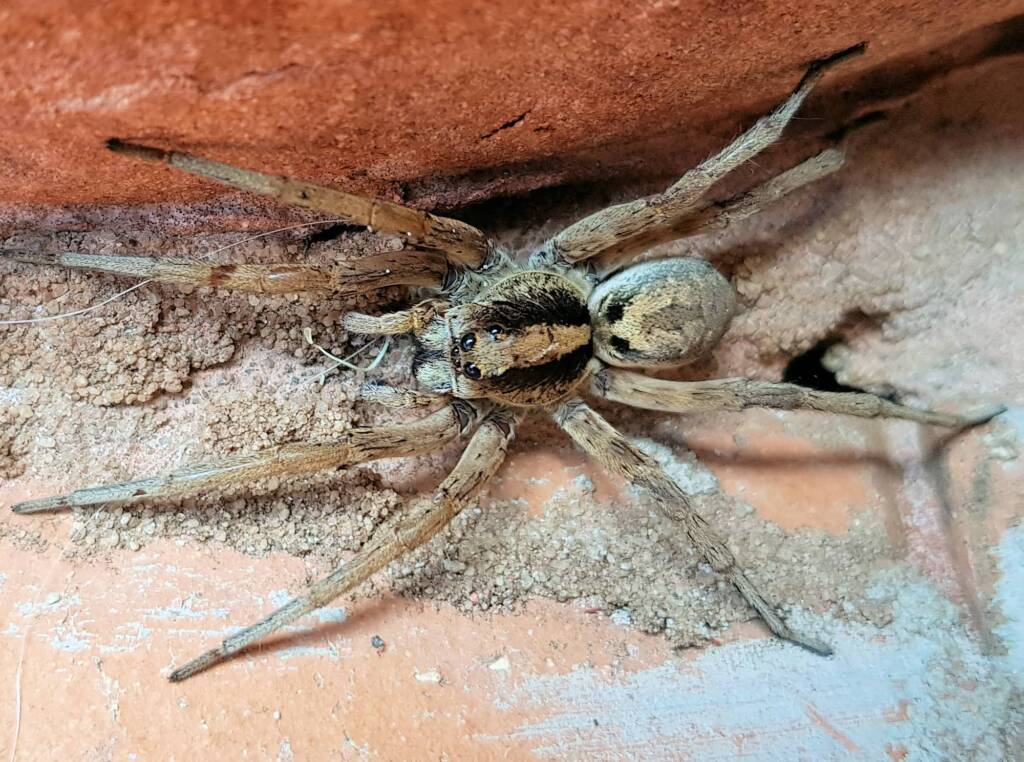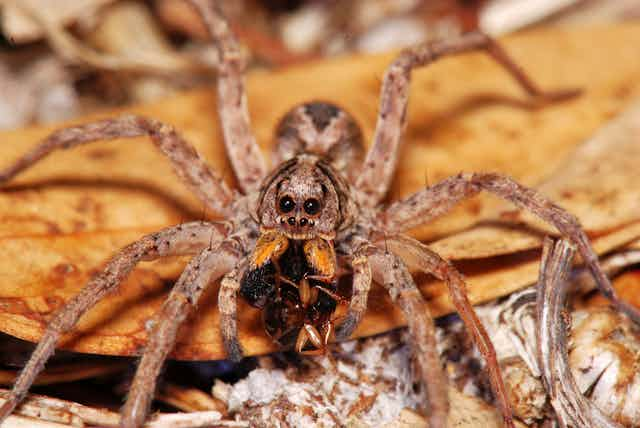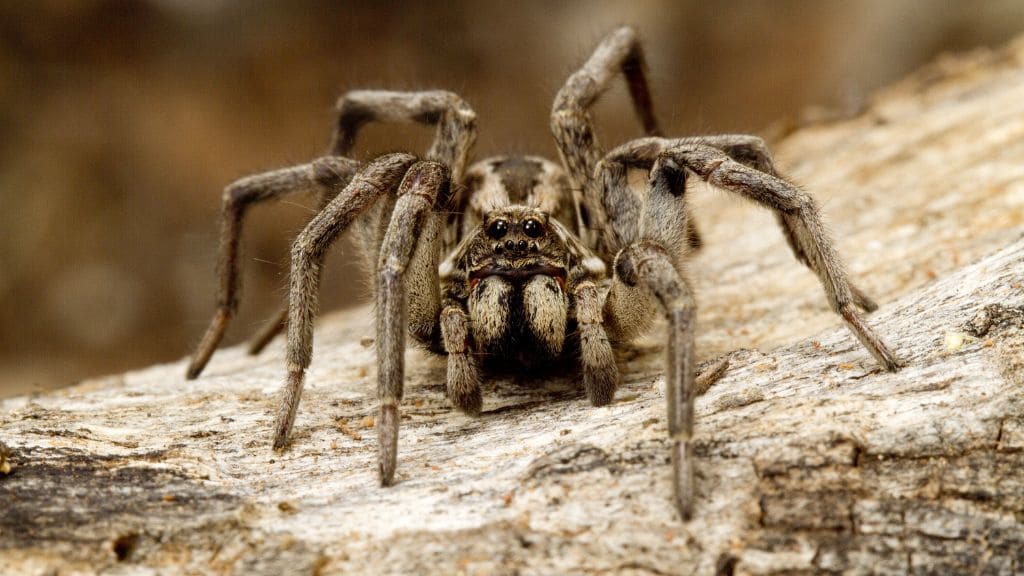What Are Wolf Spiders?

The Basics of Wolf Spiders
Wolf spiders belong to the family Lycosidae and are known for their distinctive hunting style. Unlike many other spiders, wolf spiders don’t spin webs to catch prey. Instead, they rely on their speed and agility to chase down insects and other small creatures. This predatory behavior is what earns them their name, reminiscent of wolves in their hunting prowess.
Physical Characteristics
Wolf spiders are often recognized by their robust bodies, long legs, and large, reflective eyes. Their coloration usually ranges from brown to gray, which helps them blend into their surroundings. This camouflage is crucial for both hunting and avoiding predators.
Habitat and Behavior
These spiders are predominantly nocturnal and are most active during the night. They are commonly found in gardens, forests, and grassy areas. Wolf spiders prefer to hide in burrows or under debris during the day, coming out only when it’s dark to hunt for food.
Are Wolf Spiders in Australia Poisonous?

Understanding Spider Venom
Spider venom serves two main purposes: subduing prey and defending against threats. Wolf spiders inject venom into their prey to immobilize it and begin the digestive process. While wolf spiders do have venom, it’s not typically dangerous to humans.
Venom Composition and Effects
Wolf spider venom contains a mix of enzymes and proteins designed to break down the tissues of their prey. In humans, this venom usually results in localized reactions such as redness, swelling, and itching. Serious systemic effects are rare but can occur in sensitive individuals.
Common Misconceptions
One common misconception is that all spider venom is highly toxic to humans. In reality, most spider bites, including those from wolf spiders, cause only minor symptoms. The severity of a bite largely depends on the individual’s sensitivity to the venom and any allergic reactions.
Symptoms of a Wolf Spider Bite

Typical Symptoms
When a wolf spider bites, the immediate reaction is usually mild. Common symptoms include:
- Redness: The area around the bite may turn red.
- Swelling: Swelling can occur at the site of the bite.
- Itching: The bite area often itches and feels uncomfortable.
Severe Reactions
In rare cases, a wolf spider bite can lead to more severe reactions such as:
- Intense Pain: While uncommon, some individuals may experience significant pain.
- Allergic Reactions: Severe allergic reactions like anaphylaxis are rare but can be life-threatening.
Identifying Symptoms of Anaphylaxis
Anaphylaxis is a severe, life-threatening allergic reaction that requires immediate medical attention. Symptoms include:
- Swelling of the throat: Difficulty breathing or swallowing.
- Swelling of the tongue: This can block the airway.
- Difficulty Breathing: Shortness of breath or wheezing.
First Aid for Wolf Spider Bites

Immediate Actions
If bitten by a wolf spider, follow these steps:
- Clean the Bite Area: Wash the bite with soap and water to reduce the risk of infection.
- Apply Ice: Use an ice pack to reduce swelling and numb the area.
- Take Pain Relievers: Over-the-counter painkillers can help alleviate discomfort.
Monitoring for Allergic Reactions
Keep an eye on the bite area for signs of an allergic reaction. If you notice symptoms of anaphylaxis, seek emergency medical help immediately.
Preventing Wolf Spider Bites

Minimizing Encounters
To reduce the risk of being bitten by a wolf spider:
- Wear Gloves: When gardening or handling outdoor debris, wear gloves to protect your hands.
- Inspect Dark Spaces: Check dark corners and under objects before reaching into them.
- Keep Outdoor Areas Clean: Regularly clean and maintain your garden to reduce spider habitats.
Dealing with Wolf Spiders Indoors
Wolf spiders can occasionally find their way into homes. To manage them:
- Seal Entry Points: Ensure that windows and doors are well-sealed to prevent spiders from entering.
- Use Natural Deterrents: Essential oils like peppermint or citrus can act as natural spider repellents.
- Relocate Spiders: If you find a wolf spider indoors, consider gently capturing and relocating it outside rather than killing it.
Wolf Spiders vs. Other Spiders

Comparing Wolf Spiders and Huntsman Spiders
Wolf spiders are often confused with huntsman spiders due to their similar size and appearance. However, there are key differences:
- Body Shape: Huntsman spiders have a broader, flatter body, while wolf spiders have a more rounded shape.
- Leg Position: Wolf spiders have long, straight legs, whereas huntsman spiders have legs that spread out more sideways.
Identifying Wolf Spiders
To correctly identify a wolf spider:
- Look for Stripes: Many wolf spiders have striped patterns on their bodies.
- Check the Eyes: Their large, reflective eyes can be a distinguishing feature.
The Role of Wolf Spiders in Ecosystems

Beneficial Predators
Wolf spiders play a valuable role in controlling insect populations. They help keep the number of pests, such as flies and ants, in check.
Natural Pest Control
By allowing wolf spiders to remain in your garden, you benefit from their natural pest control abilities, reducing the need for chemical pesticides.
FAQs About Wolf Spiders in Australia
1. Are wolf spiders in Australia dangerous to humans?
Wolf spiders in Australia are generally not considered dangerous to humans. While they do have venom, it usually causes only mild symptoms such as redness, swelling, and itching. Serious reactions are rare but can occur, especially in sensitive individuals or those who are allergic.
2. What should I do if I get bitten by a wolf spider?
If you are bitten by a wolf spider:
- Clean the Bite Area: Wash the bite with soap and water.
- Apply Ice: Use an ice pack to reduce swelling and numb the area.
- Take Pain Relievers: Over-the-counter painkillers can help with discomfort.
- Monitor for Severe Reactions: Watch for symptoms of an allergic reaction, such as difficulty breathing, swelling of the throat, or intense pain, and seek medical help if these occur.
3. How can I prevent wolf spider bites?
To prevent wolf spider bites:
- Wear Gloves: Use gloves when handling outdoor debris or gardening.
- Inspect Dark Spaces: Check dark corners and under objects before reaching into them.
- Maintain Outdoor Areas: Regularly clean and maintain your garden to reduce spider habitats.
- Seal Entry Points: Ensure windows and doors are well-sealed to keep spiders out of your home.
4. How can I identify a wolf spider?
Wolf spiders can be identified by:
- Body Shape: They have robust, rounded bodies.
- Leg Position: Their legs are long and straight.
- Eye Arrangement: Wolf spiders have large, reflective eyes arranged in multiple rows.
- Patterns: Many species have striped or mottled patterns on their bodies.
5. What’s the difference between wolf spiders and huntsman spiders?
- Body Shape: Wolf spiders have a more rounded body, while huntsman spiders have a flatter, broader body.
- Leg Position: Wolf spiders’ legs are long and straight, while huntsman spiders have legs that spread out sideways.
- Size and Appearance: Huntsman spiders are generally larger and can appear more flattened compared to wolf spiders.
Conclusion
Wolf spiders in Australia are generally not dangerous to humans. While their venom can cause minor symptoms such as redness, swelling, and itching, severe reactions are rare. Understanding their behavior, recognizing the symptoms of a bite, and following proper first aid procedures can help manage any issues that arise. Remember, wolf spiders play an important role in controlling pests and maintaining ecological balance, so they deserve our respect and understanding.

